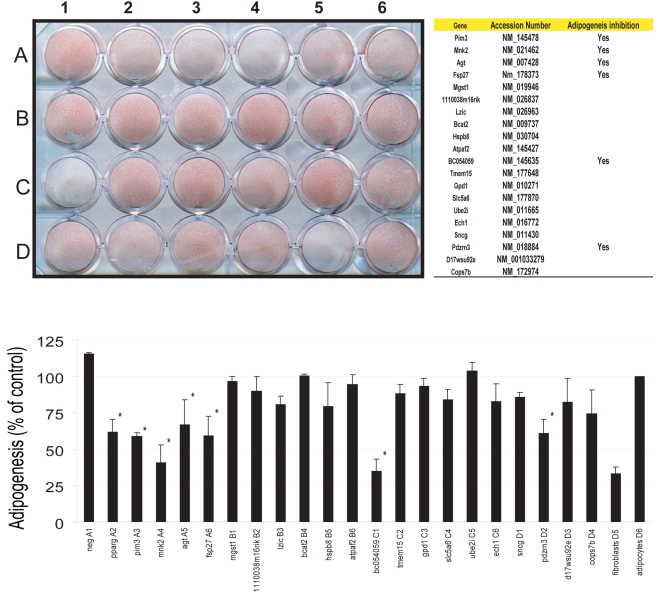Figure 7. Capacity for adipocyte differentiation after siRNA treatment of selected PPARγ direct target genes.
Undifferentiated 3T3-L1 cells were transfected with siRNAs that targeted genes that were selected on the basis of ChIP-PET binding for both PPARγ and RXR, and expression data. Transfected cells were brought to confluence and then treated with IBMX/DEX for 48 hrs, and then stimulated with insulin and rosiglitazone. Cells were stained after 4 days of treatment using Oil Red O stain, and quantified for lipid accumulation using a spectrophometer set at an absorbance of 540 nM. Percentage of adipogenesis, as measured by Oil Red O staining, was compared for each siRNA target to that of the non-transfected differentiated cells (set at 100% adipogenesis). Non-targeting siRNA served as a control, while siRNA targeting PPARγ served as a threshold for adipogenesis inhibition. A gene target was considered affecting lipid accumulation if it did not produce significantly higher lipid accumulation (one-tailed t-test p>0.2) than that of the PPARγ KD. Starred bars represent genes that meet the criteria. Confluent fibroblasts, as well as differentiated 3T3-L1 cells, that were not transfected with siRNA also served as controls to compare the effects of non-targeting siRNA on adipocyte differentiation. Results indicate two biological replicates, each of which was transfected with siRNA to a final concentration of 50 nM.

